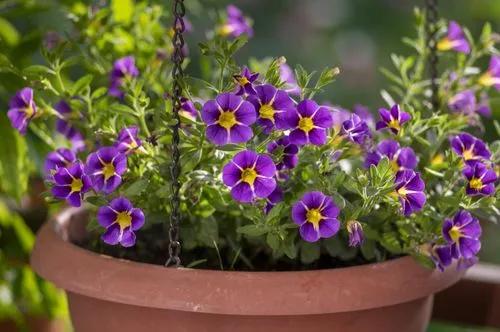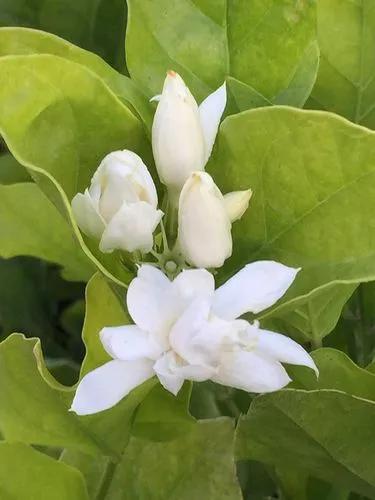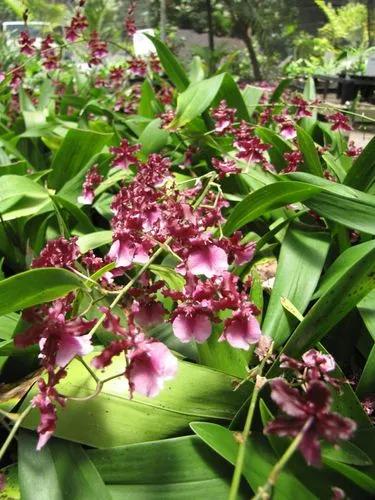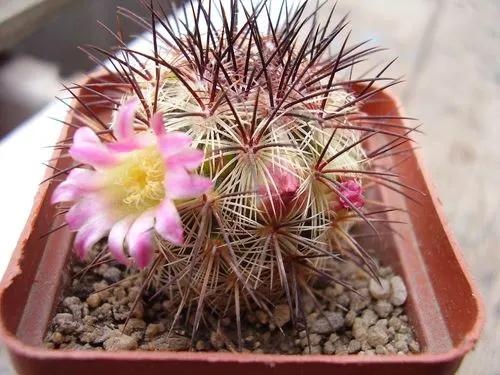Low-growing shrub with glossy bronze-green leaves and yellow flowers that resemble Honeysuckle blooms. This tough North American native is drought tolerant and adapts well to urban conditions. It spreads by its roots and is a good choice for erosion control on slopes. Foliage turns shades of orange and red in the fall.A good choice for planting along a building foundation, walls or fences. Outstanding for planting near walkways, decks and patios where scent can be enjoyed.
Northern Bush Honeysuckle Care
Diervilla Lonicera



How to Care for the Plant

Water

Depending on rainfall, new plants need to be watered weekly through the first growing season. A slow, one-hour trickle of water should do the job. During hot spells thoroughly soaking the ground up to 8” (20 cm) every few days is better than watering a little bit daily. Deep watering encourages roots to grow further into the ground resulting in a sturdier plant with more drought tolerance.

Pruning

Pruning may be needed to remove dead branches, encourage bushier growth, promote more flowers, or maintain a specific size or shape.Dead branches should be removed close to the trunk, flush with the bark. When pruning to control a plant's size or shape, cuts should be made just above a leaf bud and at a slight angle. This bud will be where the new growth sprouts.

Fertilizer

Established trees should be fertilized every 2-3 years. Feed in early spring when plants start growing.Fertilizers are available in many forms: granulated, slow-release, liquid feeds, organic or synthetic. Determine which application method is best for the situation and select a product designed for trees and shrubs, or go with a nutritionally balanced, general-purpose formula such as 10-10-10.

Sunlight

Sun to Part Shade

Soil

Adapts to most soil types.

Temperature

Lowest Temperature:-40° to -30°F (-40° to -34°C)

Popularity

262 people already have this plant 29 people have added this plant to their wishlists
Discover more plants with the list below
Popular articles






